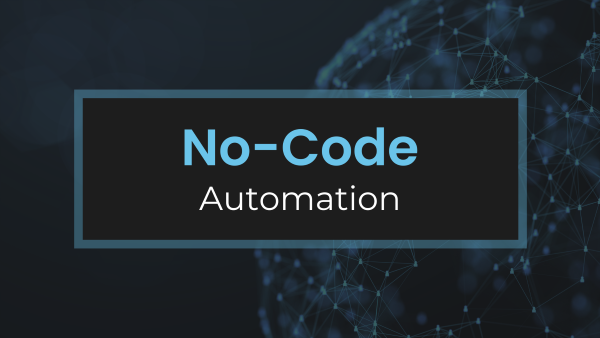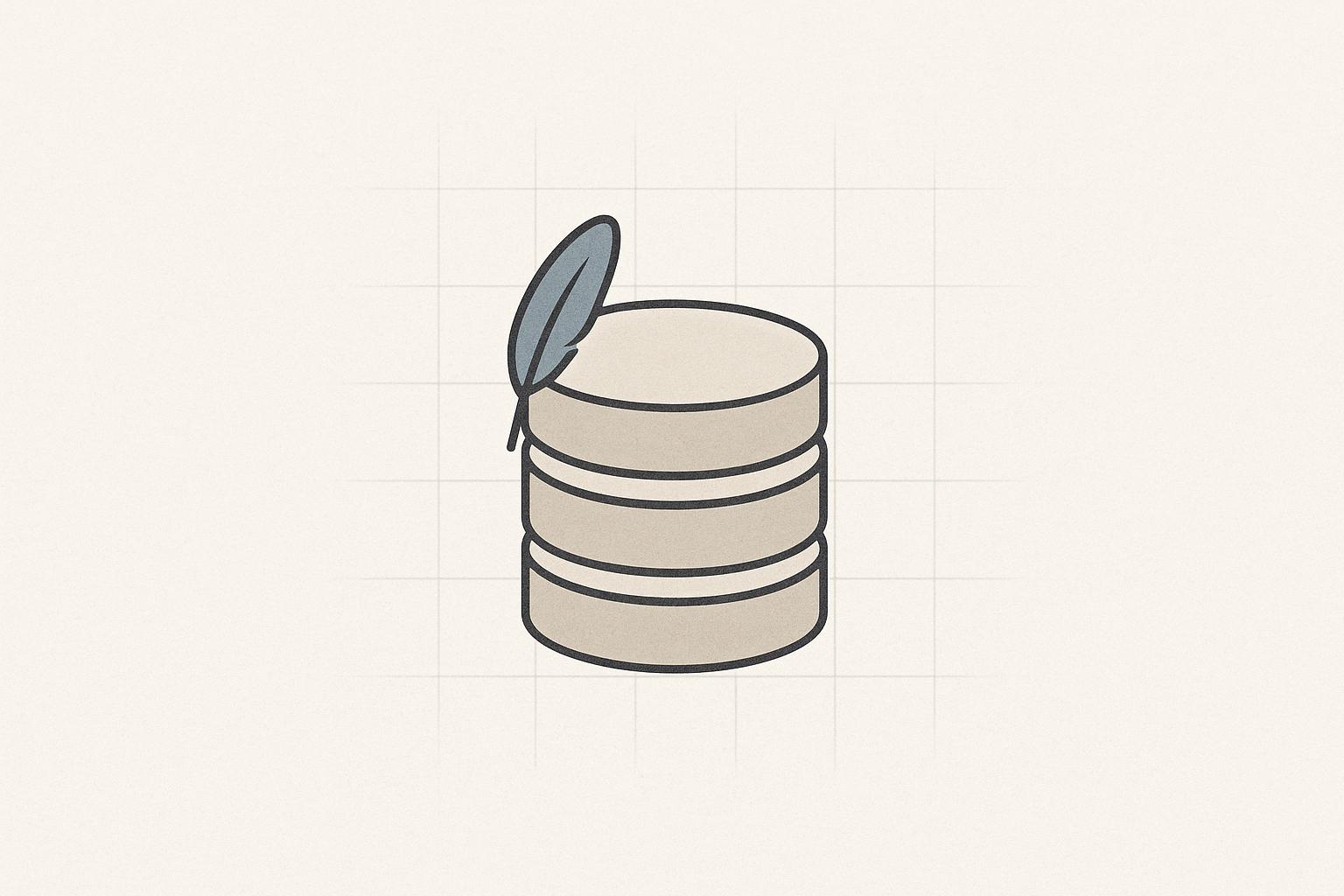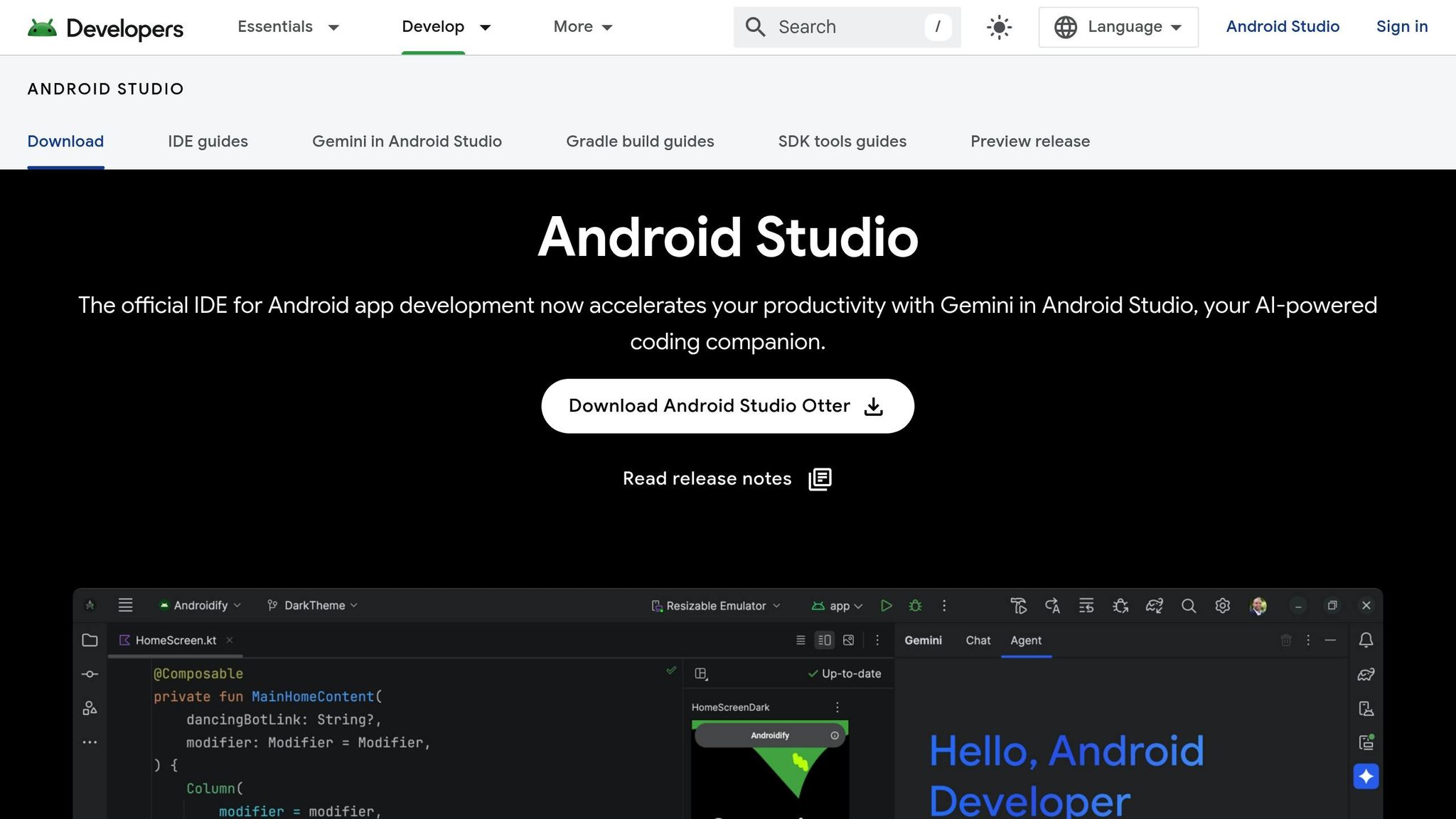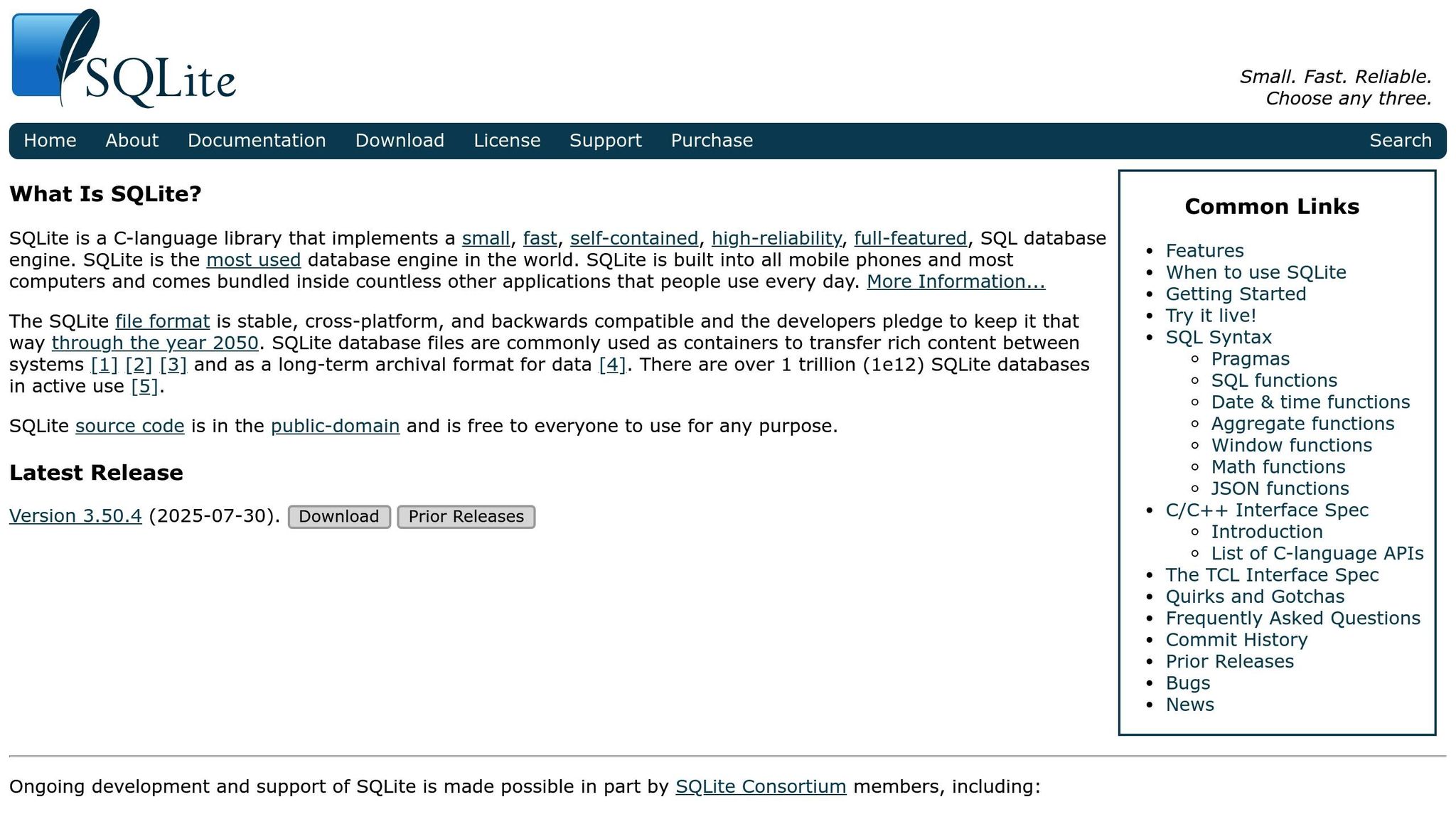Implementing effective offline fallback strategies for service worker caching is crucial for providing a seamless user experience in Progressive Web Apps (PWAs). When users don't have a stable internet connection, these strategies ensure your app remains functional and responsive:
- Embedded Fallback: Cache a fallback page as part of the static assets to ensure offline accessibility with a consistent experience.
- Custom Offline Fallback Page: Create a tailored offline page with branding elements and personalized content for an engaging experience.
- Routing Cache Fallback Offline: Define custom caching rules based on request destination for flexibility and performance optimization.
- Comprehensive Fallbacks with Workbox: Use Workbox's
offlineFallbackrecipe to cache essential resources and serve a customizable fallback page offline. - Offline-First Approach with Service Workers: Prioritize caching essential resources and serving them when the network is unavailable for a seamless offline experience.
By incorporating these strategies, you can improve user experience, increase engagement, maintain app functionality during offline scenarios, and ultimately lead to business success.
Offline Fallback StrategyKey BenefitsEmbedded FallbackConsistent experience, offline accessibility, easy implementationCustom Offline Fallback PagePersonalized experience, design consistency, flexibilityRouting Cache Fallback OfflineFlexibility, customization, performanceComprehensive Fallbacks with WorkboxOffline access, customizable, easy setupOffline-First Approach with Service WorkersOffline access, improved performance, enhanced user experience
1. Embedded Fallback
Embedded fallback is a strategy that involves caching a fallback page as part of the static assets to ensure offline accessibility. This approach provides a consistent and informative experience even when encountering unavailable resources offline.
To implement an embedded fallback, you can create an HTML file for the fallback page and cache it along with other static assets. This page can display a message apologizing for the unavailability of the requested resource and provide a button to return to the home page.
Here's an example of how you can create a fallback page:
- Copy the content of the contact page and make necessary modifications.
- Add a central alignment to the text, include an apology message, and provide a button to redirect the user to the home page.
Embedded Fallback Benefits
BenefitDescriptionConsistent experienceProvides a consistent experience offlineOffline accessibilityEnsures offline accessibility of the fallback pageEasy implementationCan be easily implemented by caching the fallback page
By using an embedded fallback strategy, you can provide a seamless offline experience for your users, even when they encounter unavailable resources.
2. Custom Offline Fallback Page
A custom offline fallback page is a strategy that allows you to create a tailored experience for your users when they encounter unavailable resources offline. This approach provides a more personalized and engaging experience compared to an embedded fallback page.
How to Implement a Custom Offline Fallback Page
To implement a custom offline fallback page, you can create an HTML file that is cached as part of your static assets. This page can include:
- A message apologizing for the unavailability of the requested resource
- A button to return to the home page
- Branding elements, such as logos and color schemes, to maintain consistency with your application's design
Benefits of a Custom Offline Fallback Page
BenefitDescriptionPersonalized experienceProvides a more personalized and engaging experience for usersConsistencyMaintains consistency with your application's design and brandingFlexibilityAllows for more flexibility in terms of design and content
Here's an example of a custom offline fallback page code:
self.addEventListener("fetch", (event) => {
// Only call event.respondWith() if this is a navigation request for an HTML page.
if (event.request.mode === "navigate") {
event.respondWith(
(async () => {
try {
// Always try the network first.
const networkResponse = await fetch(event.request);
return networkResponse;
} catch (error) {
// If the network request fails, return the cached offline page.
const cache = await caches.open("offline");
const cachedResponse = await cache.match("offline.html");
return cachedResponse;
}
})()
);
}
});
This code snippet demonstrates how to use a custom offline fallback page in a service worker. It first tries to fetch the requested resource from the network, and if that fails, it returns the cached offline page.
3. Routing Cache Fallback Offline
Routing cache fallback offline is a strategy that lets you define custom caching rules based on the request destination. This approach provides more flexibility and control over how resources are cached and served offline.
How to Implement Routing Cache Fallback Offline
To implement routing cache fallback offline, you can use the Request.destination property to determine the caching strategy for different types of requests. For example, you can cache images and stylesheets with a "Cache First" strategy, while using a "Network First" strategy for HTML pages.
Benefits of Routing Cache Fallback Offline
BenefitDescriptionFlexibilityProvides more flexibility and control over caching rulesCustomizationAllows for custom caching rules based on request destinationPerformanceImproves performance by caching resources that are frequently requested
Here's an example of how you can implement routing cache fallback offline in a service worker:
self.addEventListener('fetch', (event) => {
const destination = event.request.destination;
switch (destination) {
case 'image':
// Cache images with a "Cache First" strategy
event.respondWith(
caches.open('image-cache').then((cache) => {
return cache.match(event.request).then((response) => {
return response || fetch(event.request);
});
})
);
break;
case 'style':
// Cache stylesheets with a "Cache First" strategy
event.respondWith(
caches.open('style-cache').then((cache) => {
return cache.match(event.request).then((response) => {
return response || fetch(event.request);
});
})
);
break;
case 'document':
// Use a "Network First" strategy for HTML pages
event.respondWith(
fetch(event.request).catch((error) => {
return caches.open('offline').then((cache) => {
return cache.match('offline.html');
});
})
);
break;
default:
// Use a "Network Only" strategy for other requests
event.respondWith(fetch(event.request));
break;
}
});
This code snippet demonstrates how to use routing cache fallback offline to define custom caching rules based on the request destination.
sbb-itb-8abf120
4. Comprehensive Fallbacks with Workbox

Comprehensive fallbacks with Workbox is a strategy that provides a robust offline experience by caching essential resources and serving them when the network is unavailable. This approach ensures that users can continue to interact with your application even when they don't have a stable internet connection.
How to Implement Comprehensive Fallbacks with Workbox
To implement comprehensive fallbacks with Workbox, you can use the offlineFallback recipe, which sets up a cache-only strategy that serves a fallback page when the network is unavailable. You can customize the fallback page to provide a meaningful offline experience to your users.
Here's an example of how you can implement comprehensive fallbacks with Workbox:
import { offlineFallback } from 'workbox-recipes';
offlineFallback({
pageFallback: '/offline.html',
});
This code sets up an offline fallback that serves the /offline.html page when the network is unavailable.
Benefits of Comprehensive Fallbacks with Workbox
BenefitDescriptionOffline AccessProvides users with access to essential resources even when offlineCustomizableAllows you to customize the fallback page to fit your application's needsEasy to Set UpEasy to implement using the offlineFallback recipe
By implementing comprehensive fallbacks with Workbox, you can ensure that your application provides a seamless offline experience to your users, even when the network is unavailable.
5. Offline-First Approach with Service Workers
The offline-first approach with Service Workers prioritizes caching essential resources and serving them when the network is unavailable. This approach ensures that users can continue to interact with your application even when they don't have a stable internet connection.
How to Implement Offline-First Approach with Service Workers
To implement an offline-first approach with Service Workers, you can use the Cache API to cache essential resources such as HTML, CSS, JavaScript, and images. You can also use the Fetch API to handle network requests and serve cached resources when the network is unavailable.
Here's an example of how you can implement an offline-first approach with Service Workers:
// Register the Service Worker
navigator.serviceWorker.register('service-worker.js');
// Cache essential resources
caches.open('my-cache').then(cache => {
cache.addAll([
'/index.html',
'/styles.css',
'/script.js',
'/image.jpg',
]);
});
// Handle network requests
self.addEventListener('fetch', event => {
event.respondWith(
caches.open('my-cache').then(cache => {
return cache.match(event.request).then(response => {
return response || fetch(event.request);
});
}),
);
});
This code registers a Service Worker, caches essential resources, and handles network requests by serving cached resources when the network is unavailable.
Benefits of Offline-First Approach with Service Workers
BenefitDescriptionOffline AccessProvides users with access to essential resources even when offlineImproved PerformanceReduces the need for network requests, improving application performanceEnhanced User ExperienceEnsures a seamless user experience even when the network is unavailable
By implementing an offline-first approach with Service Workers, you can ensure that your application provides a seamless offline experience to your users, even when the network is unavailable.
Conclusion
In conclusion, implementing effective offline fallback strategies for service worker caching is crucial for providing a seamless user experience in Progressive Web Apps (PWAs). The five strategies discussed in this article play a vital role in ensuring that users can continue to interact with your application even when they don't have a stable internet connection.
Benefits of Offline Fallback Strategies
By incorporating these strategies into your PWA, you can:
- Improve user experience
- Increase engagement
- Maintain app functionality during offline scenarios
- Increase customer satisfaction and loyalty
- Ultimately, lead to business success
Key Takeaways
Remember, a well-implemented offline fallback strategy is essential for providing a rich offline experience. By following the guidelines and best practices outlined in this article, you can ensure that your PWA provides a seamless and uninterrupted user experience, even in the absence of a network connection.
FAQs
What is offline service worker?
A service worker is a script that runs in the background, allowing you to manage network requests and cache resources. This enables your web app to function offline or with a slow network connection.
How to cache data using service worker?
Here are the key methods to manage your cache:
MethodDescriptionCacheStorage.openCreate a new Cache instanceadd and Cache.putStore network responses in a service worker cachematchLocate a cached response in a Cache instancedeleteRemove a cached response from a Cache instance
These methods help you effectively manage your cache and provide a seamless offline experience for your users.










